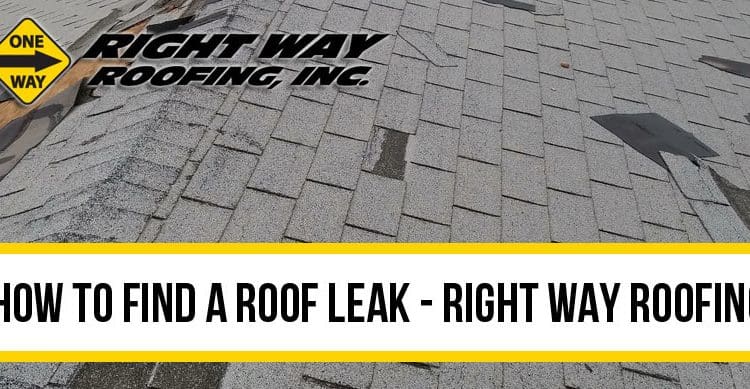
Understanding Roof Leaks: Identifying the Culprit
Roof leaks can be a homeowner’s nightmare, but before you panic, it’s crucial to identify the source of the issue. Begin by inspecting your attic for any signs of water damage or mold. Look for stains, dampness, or discoloration on the walls and ceiling. Follow these visual cues to pinpoint the area that requires your attention.
Assessing Shingles and Flashing: The First Line of Defense
One common cause of roof leaks is damaged or missing shingles. Head up to your roof and inspect the shingles carefully. Look for cracks, curls, or any signs of wear and tear. Similarly, check the flashing around chimneys, vents, and skylights, as these areas are susceptible to leaks. If you spot any issues, they might be the key to resolving your leak problem.
Sealing the Deal: Addressing Cracks and Gaps
Roof leaks often occur due to cracks or gaps in the roofing material. While inspecting your roof, pay close attention to these potential trouble spots. Seal any cracks or gaps with roofing cement, ensuring a watertight barrier. This simple step can prevent water from seeping into your home and causing further damage.
Gutters and Downspouts: Keeping Water Flow in Check
Clogged gutters and downspouts can contribute to roof leaks by causing water to pool on your roof. Regularly clean out debris from your gutters to maintain proper water flow. Ensure that downspouts direct water away from your home’s foundation. By addressing these drainage issues, you can reduce the risk of water infiltration and potential leaks.
DIY Patching: Temporary Solutions for Immediate Relief
In cases where immediate action is needed, consider using temporary patching solutions. Roofing tape or sealant can provide a quick fix until you can address the issue more permanently. However, keep in mind that these solutions are temporary, and a more thorough inspection and repair will be necessary to prevent future leaks.
Ventilation Matters: Reducing Moisture Buildup
Proper ventilation is crucial in preventing roof leaks caused by moisture buildup. Inadequate ventilation can lead to condensation in the attic, promoting mold growth and weakening the roof structure. Ensure that your attic has sufficient ventilation, with vents placed strategically to promote air circulation. This step not only prevents leaks but also contributes to the overall health of your home.
Safety First: Navigating Roof Inspections Securely
Before attempting any repairs, prioritize your safety. Use a sturdy ladder with a helper to hold it steady, and always wear appropriate safety gear, including non-slip shoes and a harness if necessary. If you’re uncomfortable with heights or the extent of the repair, it’s wise to consult a professional roofing contractor for assistance.
Professional Assistance: Knowing When to Seek Help
While many roof leaks can be addressed with DIY solutions, some situations may require professional intervention. If you’re unsure about the extent of the damage or lack the experience to perform the repairs, it’s best to consult a roofing expert. Ignoring complex issues may lead to more extensive damage and costly repairs down the line.
Preventive Measures: Guarding Against Future Leaks
Once you’ve addressed the immediate concerns, take proactive steps to prevent future roof leaks. Schedule regular inspections, especially after severe weather events, to catch potential issues early. Trim overhanging branches to prevent them from damaging your roof during storms. A proactive approach to maintenance can save you both time and money in the long run.
Conclusion: Empowering Homeowners for DIY Roof Leak Solutions
Inspecting and repairing roof leaks on your own is a manageable task with the right knowledge and tools. By identifying the source of the leak, addressing common issues, and taking preventive measures, you can safeguard your home from water damage. Remember, when in doubt, seeking professional assistance is a smart decision to ensure the long-term integrity of your roof.
For a comprehensive guide on inspecting and repairing roof leaks on your own, visit mimimises.org.
